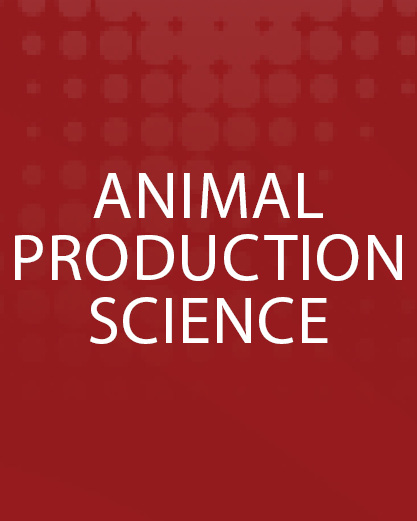Document type: scientific article published in Animal Production Science
Authors: Hannah E. Salvin, Angela M. Lees, Linda M. Cafe, Ian G. Colditz, Caroline Lee
Preview: The rising global demand for animal protein is leading to intensification of livestock production systems. At the same time, societal concerns about sustainability and animal welfare in intensive systems is increasing. This review examines the risks to welfare for beef cattle within commercial feedlots in Australia. Several aspects of the feedlot environment have the potential to compromise the physical and psychological welfare of cattle if not properly monitored and managed. These include, but are not limited to, animal factors such as the influence of genetics, temperament and prior health, as well as management factors such as diet, pen design, resource provision, pregnancy management, and stock-person attitudes and skills. While current industry and producer initiatives exist to address some of these issues, continuous improvements in welfare requires accurate, reliable and repeatable measures to allow quantification of current and future welfare states. Existing measures of welfare are explored as well as proxy indicators that may signal the presence of improved or reduced welfare. Finally, potential future measures of welfare that are currently under development are discussed and recommendations for future research are made.



